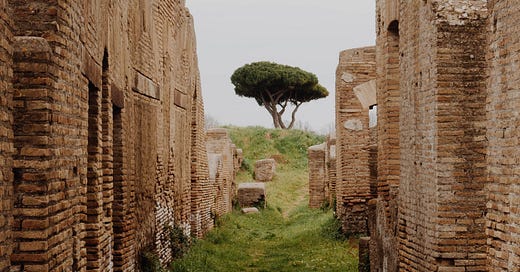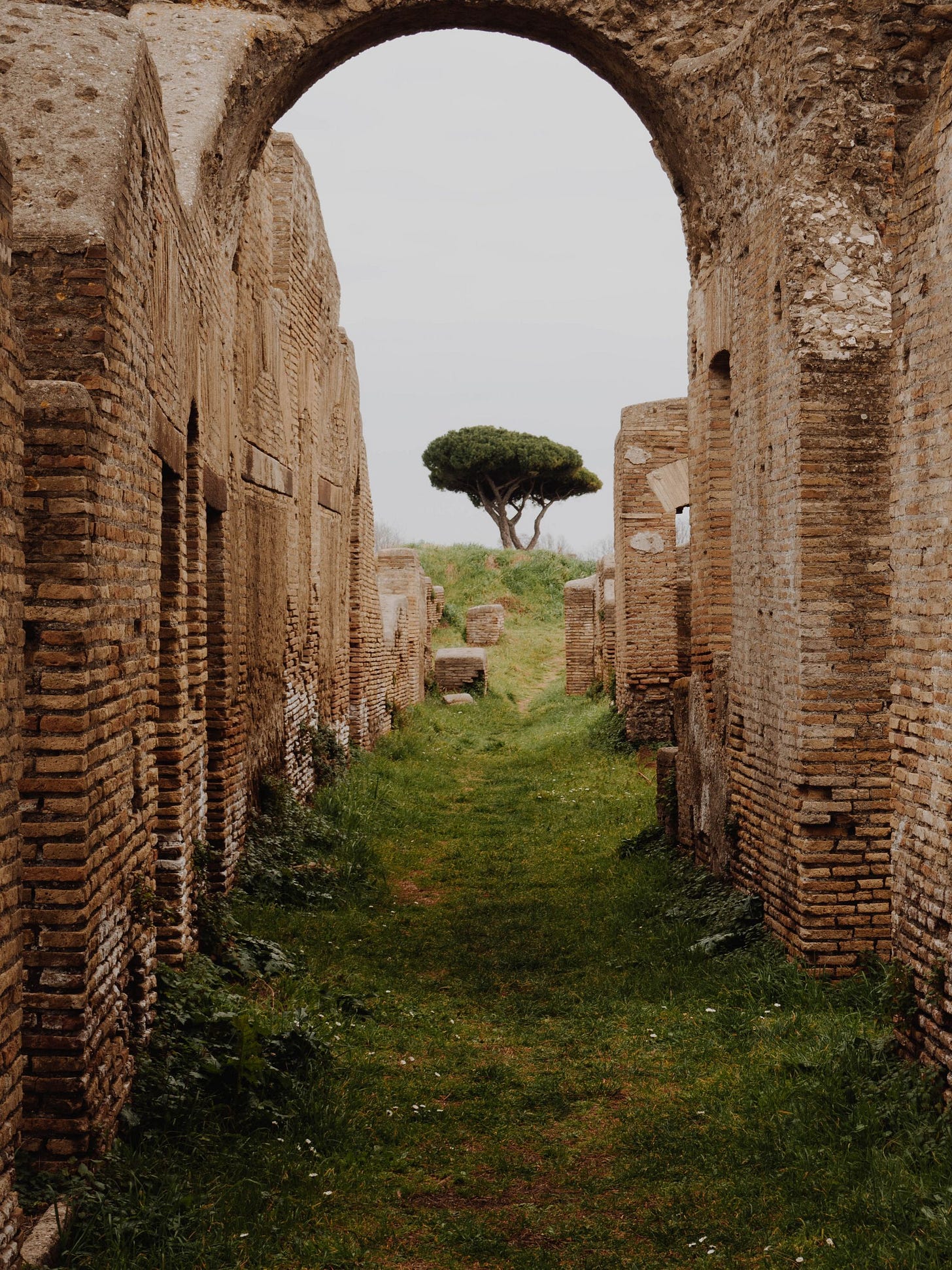A couple of academic books I've read lately have talked about the coral architecture of Swahili coast and I've been meaning to look into it some more because it sounds cool, so I was pretty excited when I finally got a minute to dig into it while working out the details of the architectural style of the island culture my latest short story is set in.
Qui…
Keep reading with a 7-day free trial
Subscribe to Manuscriptions to keep reading this post and get 7 days of free access to the full post archives.



